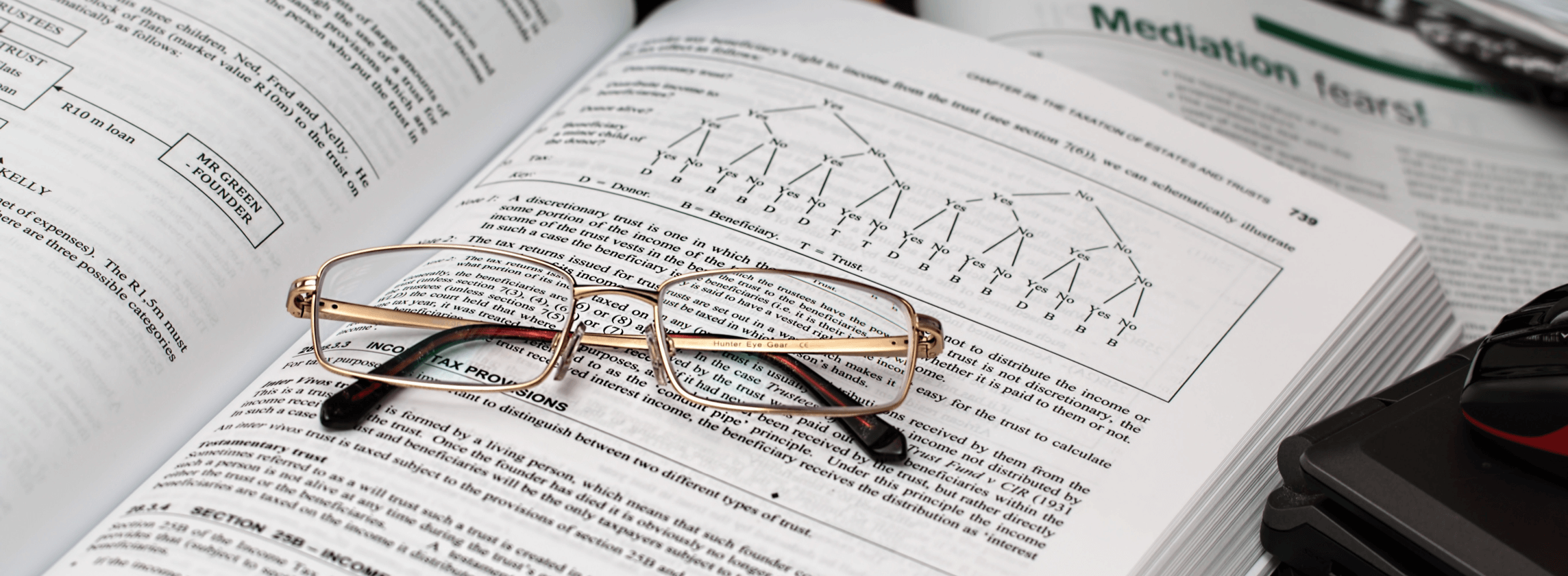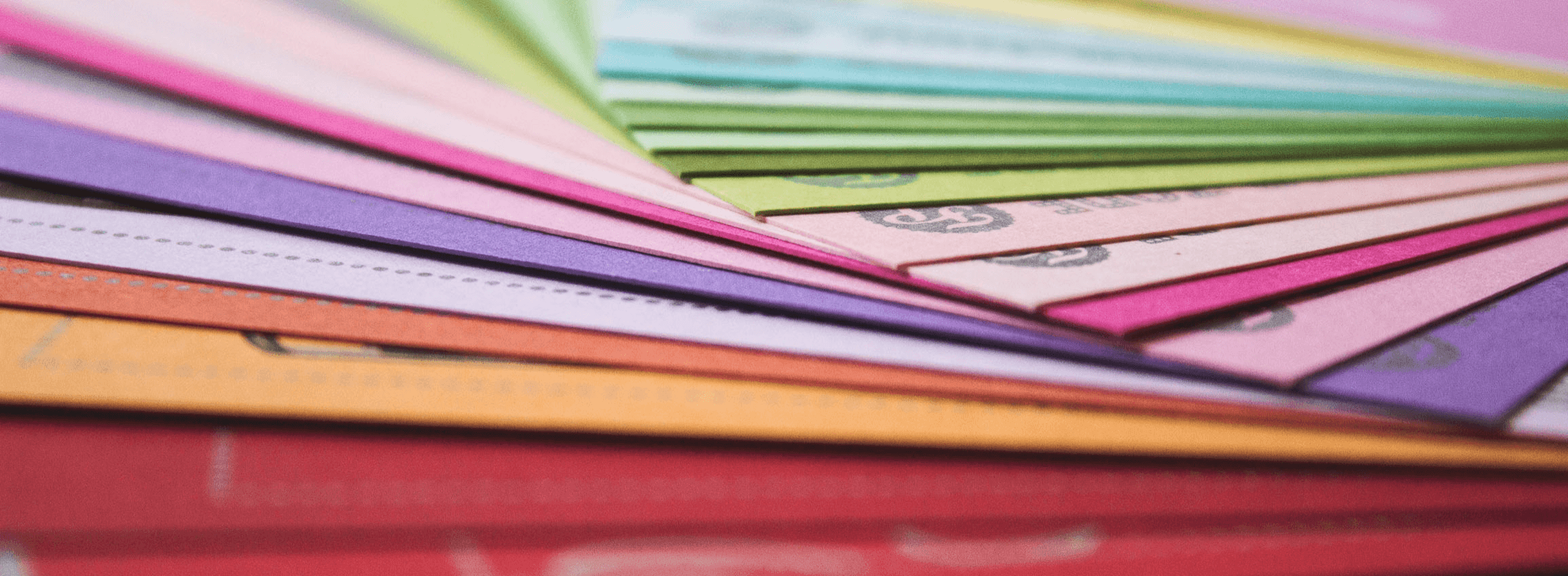Education content
A Textbook Dilemma
In the Digital Age of education, is there still a place for paper?
The push for technological innovation in schools has gathered pace relentlessly in recent years. Our children now grow up in a world where digital screens have become an essential way of life – toddlers navigating touchscreens with ease are now a common sight everywhere we go. This is a generation that learns from Google and Wikipedia, collaborates on projects online and creates multimedia presentations with advanced digital tools.
So what does this drive towards e-learning mean for that simple piece of tech, which has played an immense role in the education of millions – a plain old sheet of paper?
In many ways, paper is still one of the most reliable and widely used mediums for productive learning. A survey of undergraduates and postgraduates across 10 countries including the UK, China and Germany has shown that students are more engaged and retain knowledge better when using printed books and handwritten notes. Without the distractions of the Internet, learners can focus better and stimulate more of their senses while reading on paper. From the texture of the paper to the crinkle of pages turning, this sensory interaction is crucial in helping us to absorb and comprehend information.
“Writing is thinking on paper.” - William Zinsser
It’s no surprise that paper has retained an enduring role in our education and learning. There are many more examples of the benefits of paper:
- Physically taking notes forces us to be brief and succinct in our thoughts, increasing our ability to synthesize ideas.
- Consuming information on paper requires linear reading, which is the traditional left-to-right way our brains are wired to read; as opposed to “non-linear reading” associated with online text, where we often multi-task and jump between sections.
- Reading on paper at least 6 minutes a day has been shown to decrease the chances of degenerative diseases like Alzheimer’s!
It’s safe to say that despite the pervasiveness of digital tools, paper remains the preferred tool for productivity and learning among students, teachers and parents. It follows then that the quality of paper used has a huge impact on the people within the school environment. Here are some factors for consideration:
Color helps students learn better
At all educational levels, color is used heavily in the creation of visual aids to help teachers explain complex concepts, whether it’s a preschool activity worksheet or charts and graphs on printed course notes. Vibrant prints can enhance the educational experience for students, making it easier for them to digest and retain material covered in class.
ProDigi™ HD Print Technology enhances color vibrancy by 34%, enabling sharper ink-drops, keeping the ink on the surface better than ordinary papers.

Clarity is key in the classroom
When communicating new ideas and information to students, simplicity and clarity is important to help create pathways to successful learning outcomes. Printed materials that are crisp, sharp and smudge-free go a long way in enabling teachers to effectively communicate the most salient and important points of their lessons.
ProDigi™ HD Print Technology reduces ink-bleed by 23% to produce crisp lines, and 17% denser blacks resulting in sharp, dark prints. It also ensures faster ink dry-time resulting in clean, smudge-free printouts during handling.

Lowering costs, one page at a time
From worksheets to posters and reading materials, printing constitutes one of the largest line items in a school’s budget. Reducing ink usage can result in significant cost savings that could be diverted to other programs, and also considerably reduce the school’s carbon footprint.
ProDigi™ HD Print Technology saves up to 18% of ink use.

Paper is a versatile material that has played a vital role in education for generations, and will always have its place in the classroom. It is an essential tool that can benefit any student in the pursuit of their learning objectives.
Find out more about PaperOne™ with ProDigi™ HD Print Technology at here.



